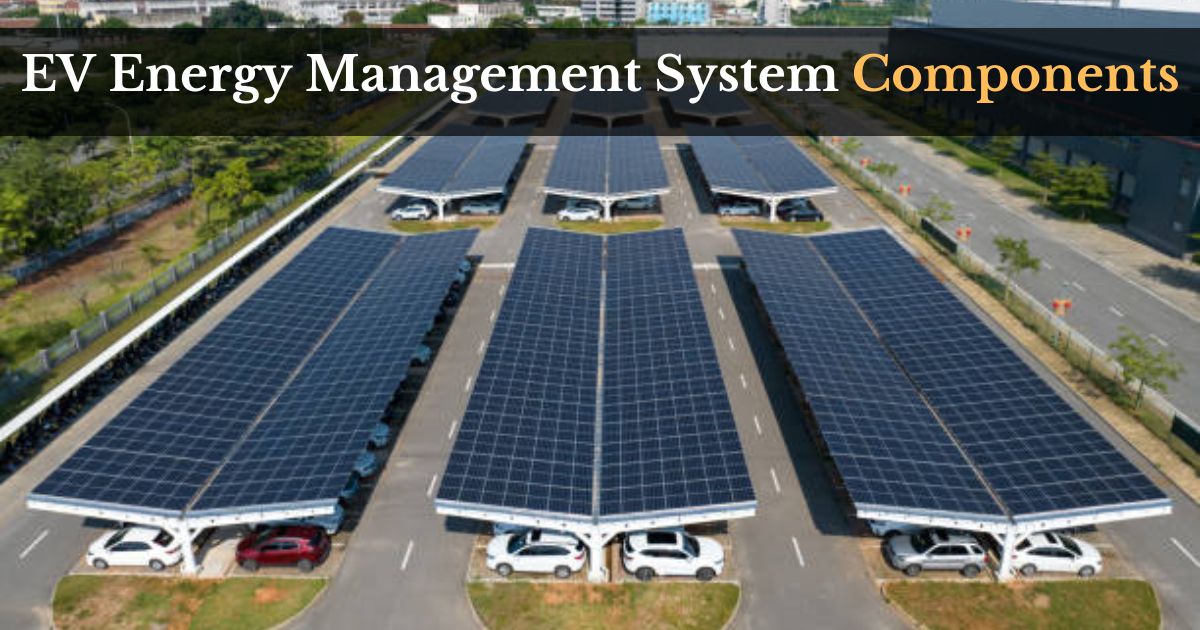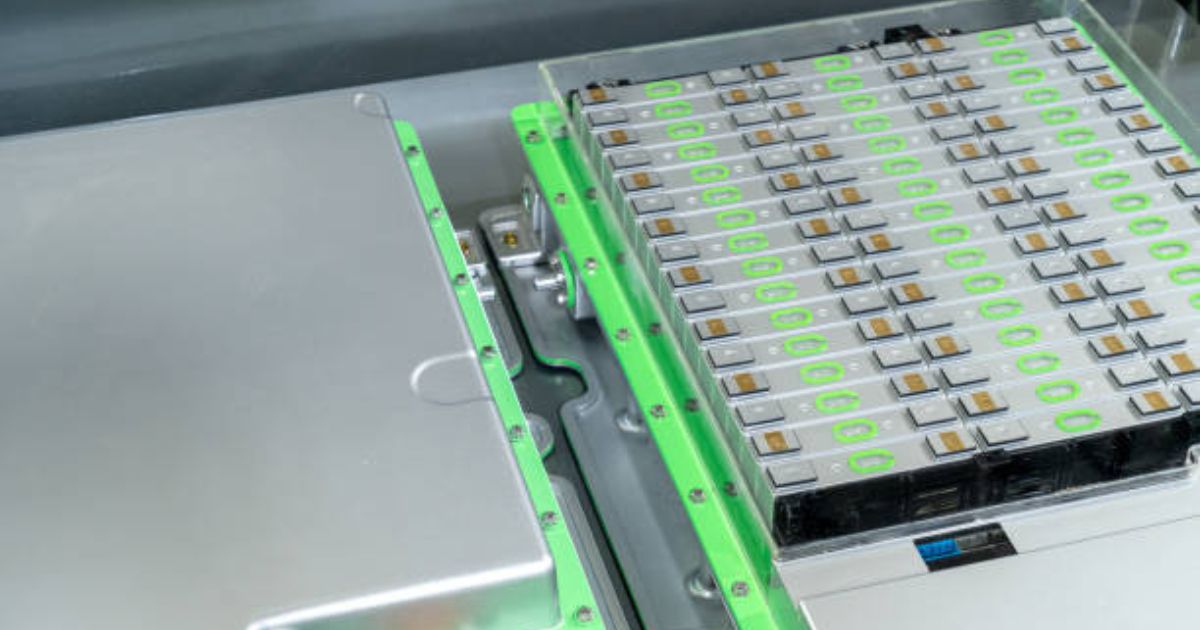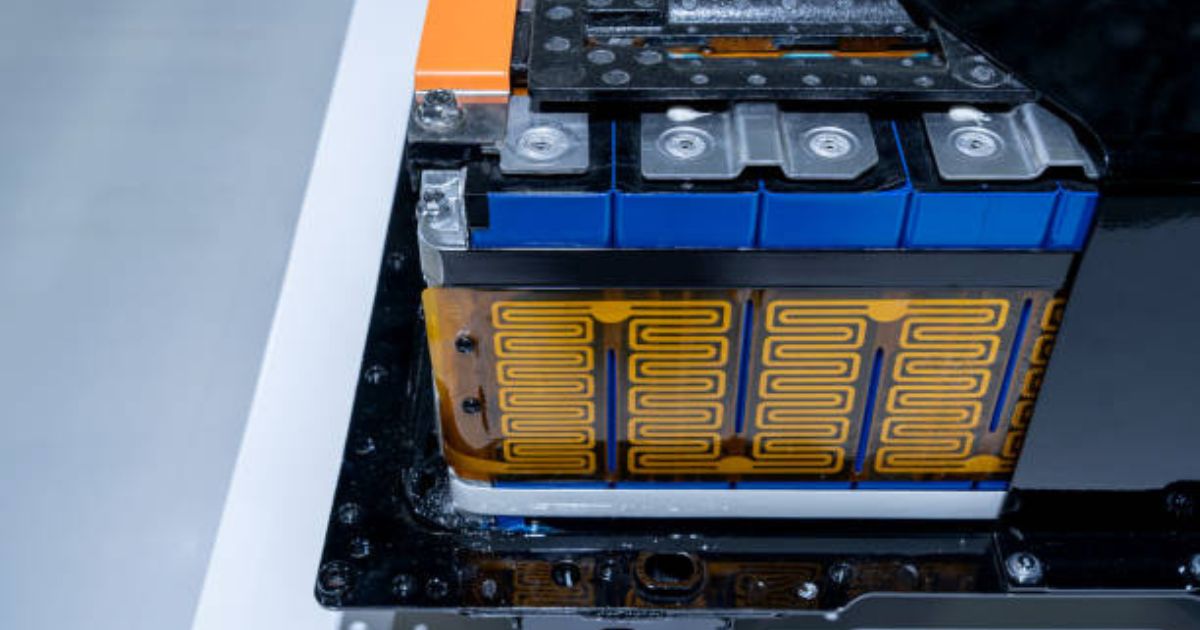EV energy management system components, Electric Vehicles (EVs) are transforming the way we think about transportation. Central to their operation is the EV Energy Management System (EMS). This sophisticated system ensures the efficient use and storage of electricity within an EV. Let’s break down the essential components of an EV EMS, making it simple to understand for everyone.
EV Energy Management System Components
Electric vehicles (EVs) have become a pivotal part of our transportation landscape, mainly due to their potential to reduce emissions and reliance on fossil fuels. But what makes these high-tech machines run smoothly? It’s all about the energy management system. Let’s break down the components of an EV’s energy management system in simple terms.
Understanding EV Energy Management Systems
An EV energy management system is like the brain of the electric car. It controls how energy flows, ensuring everything works efficiently and safely. Think of it as the conductor of an orchestra, making sure each part plays its role at the right time to create harmony.
EV Energy Management System (EMS) Components
| Component | Description |
| Battery Management System (BMS) |
Monitors and manages the battery health, including temperature, voltage, current, and state of charge. Provides data on battery performance and ensures safe operation.
|
| Vehicle Control Unit (VCU) |
Controls the electric motor, inverter, and other powertrain components. Receives commands from the driver and translates them into actions for the electric vehicle.
|
| Energy Meter |
Tracks the amount of energy flowing into and out of the battery pack. This data is used for charging optimization and cost management.
|
| Thermal Management System (TMS) |
Maintains optimal battery temperature for efficient operation and extended lifespan. This may involve using fans, coolant loops, or other cooling methods.
|
| Communication Module |
Enables communication between the EV, charging stations, the utility grid, and cloud-based services. This allows for data exchange and remote management.
|
| Human-Machine Interface (HMI) |
Provides the driver with information about the battery status, charging progress, energy consumption, and other relevant data. May be a dashboard display or a mobile app.
|
| Cloud-Based Services (Optional) |
Offers advanced features like remote monitoring, diagnostics, charging optimization based on energy prices, and integration with smart grids.
|
Main Components of EV Energy Management Systems
Battery Management System (BMS)
Role and Function: The Battery Management System (BMS) is crucial for monitoring and managing the battery pack’s health and performance. It’s like a health monitor for your EV’s battery, ensuring it’s not overcharged or overheated and is operating within safe limits.
Key Features: A good BMS tracks the battery’s temperature, voltage, and current. It also balances the charge among all the cells in the battery to maximize efficiency and lifespan.
Inverter
Conversion of Power: An inverter changes the battery’s direct current (DC) into alternating current (AC) used by the EV’s motor. Imagine it as a translator that converts the battery’s energy into a language the motor understands.
How it Impacts Efficiency: Efficient inverters reduce energy loss, making sure that more of the battery’s power goes to moving the car rather than being wasted.
Onboard Charger
Charging Process: The onboard charger converts the electricity from a charging station (AC) into the type the battery can store (DC). It’s like a chef converting raw ingredients into a delicious meal that the battery can ‘eat.’
Integration with EV Infrastructure: These chargers are designed to work with various charging networks, ensuring you can plug in and charge up almost anywhere.
DC-DC Converter
Voltage Conversion: This component steps down the high voltage from the main battery to lower levels needed for the car’s auxiliary systems (like lights and entertainment). Think of it as a transformer that adapts energy to the needs of smaller gadgets in the car.
Importance in Power Distribution: By ensuring that different parts of the car get the right amount of power, the DC-DC converter helps the vehicle run smoothly and efficiently.
Thermal Management System
Maintaining Optimal Temperature: The thermal management system keeps the battery and other components at the right temperature. It’s like the air conditioning system in your house, keeping things cool or warm as needed.
Impact on Battery Life and Performance: Proper temperature management helps extend the battery’s life and maintain the car’s performance, especially in extreme weather.
Detailed Look at Each Component
Battery Management System (BMS)
Monitoring and Control: The BMS constantly checks the battery’s status and adjusts settings to keep everything balanced and safe. It’s always on the lookout for potential issues and acts to prevent them.
Safety Mechanisms: A robust BMS includes features that protect against overcharging, overheating, and other risks, ensuring the battery operates safely.
Inverter
Types of Inverters: There are different inverters, including simple and complex ones, each suited for different types of EVs. The choice of inverter affects how efficiently the car can use its battery power.
Efficiency Considerations: Inverters are designed to maximize efficiency, reducing energy loss and improving the vehicle’s overall performance.
Onboard Charger
Charging Rates: Onboard chargers come in various capacities, affecting how quickly they can charge the battery. Faster chargers reduce downtime and increase convenience.
Compatibility with Charging Networks: These chargers are often compatible with a wide range of charging stations, making it easier for EV owners to find a place to recharge.
DC-DC Converter
Types of Converters: Different types of DC-DC converters handle various voltage levels and applications within the car. They play a crucial role in making sure all systems get the power they need.
Role in Different EV Systems: By providing the right voltage for different parts of the car, DC-DC converters support the overall functionality of the vehicle.
Thermal Management System
Cooling and Heating Methods: The system uses various methods, like liquid cooling or air cooling, to manage temperatures effectively. These methods help keep the battery and other components within safe operating ranges.
Advances in Thermal Technology: New technologies are being developed to improve how effectively these systems manage heat, which in turn helps improve the performance and longevity of EVs.
How These Components Work Together
These components don’t just function in isolation; they work as a team. The BMS ensures the battery is in top shape, the inverter provides the power the motor needs, the onboard charger refuels the battery, the DC-DC converter powers the car’s accessories, and the thermal management system keeps everything at the right temperature. Together, they create a seamless and efficient operation that makes driving an EV smooth and reliable.
Challenges in EV Energy Management
Efficiency Losses: Some energy is always lost during conversion and management processes. Minimizing these losses is a key focus in EV design.
Thermal Management Issues: Managing heat is critical, especially in high-performance or long-range EVs, as overheating can damage components and reduce efficiency.
Integration Challenges: Ensuring all these systems work well together is complex, requiring careful design and engineering.
Innovations in EV Energy Management
Latest Technological Advancements: New technologies like solid-state batteries and advanced cooling systems are enhancing how EVs manage energy.
Future Trends: Expect to see more integrated systems and smarter energy management solutions as technology advances, making EVs even more efficient and user-friendly.
Understanding the components of an EV energy management system helps appreciate how these vehicles operate efficiently. From the BMS to the thermal management system, each part plays a vital role in ensuring the EV performs well and lasts long. As technology evolves, these systems will continue to improve, making electric vehicles even more compelling for everyday use.
FAQs
What is an EV energy management system?
An EV energy management system controls how energy is used and distributed in an electric vehicle, ensuring everything works efficiently and safely.
How does a BMS improve EV performance?
The Battery Management System (BMS) monitors and manages the battery’s health, preventing issues like overcharging and overheating, thus improving the overall performance and lifespan of the battery.
What role does an inverter play in an EV?
The inverter converts the battery’s DC power into AC power used by the EV’s motor, essential for driving the vehicle.
Why is thermal management critical in EVs?
Thermal management keeps the battery and other components at the right temperature, which is vital for maintaining performance and preventing damage.
What are the latest trends in EV energy management?
Advancements include solid-state batteries, better cooling systems, and more integrated energy management solutions, making EVs more efficient and reliable.








